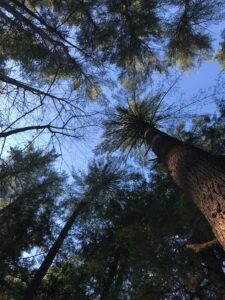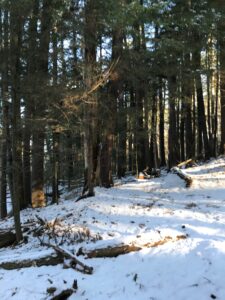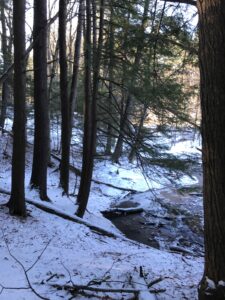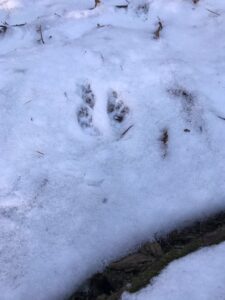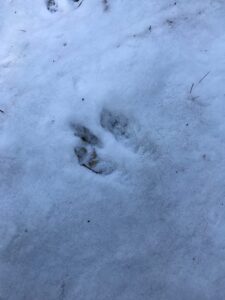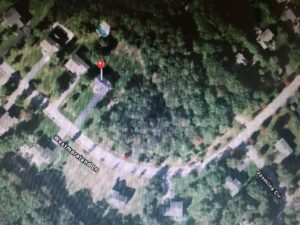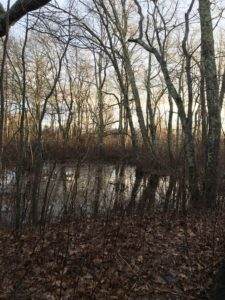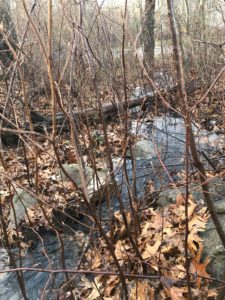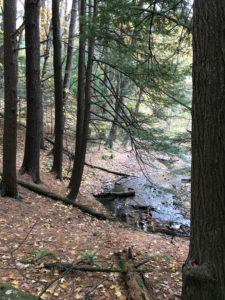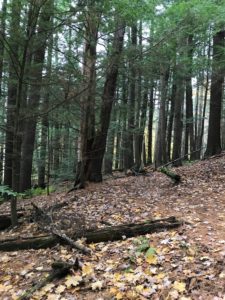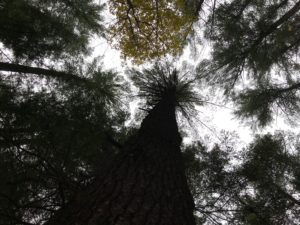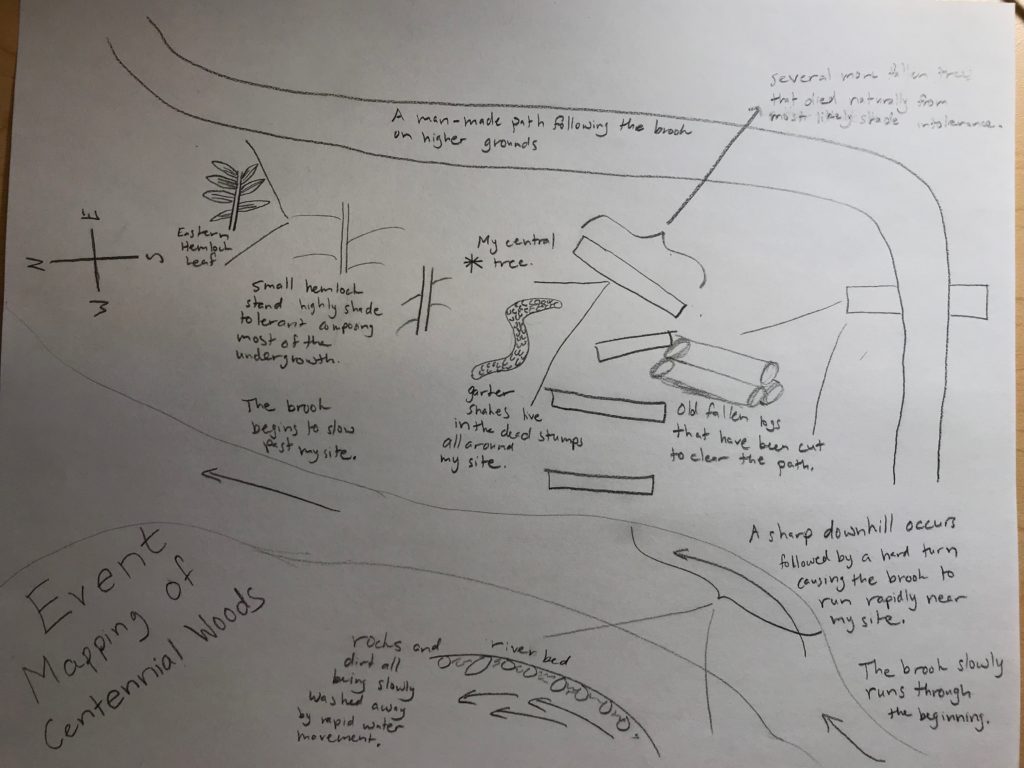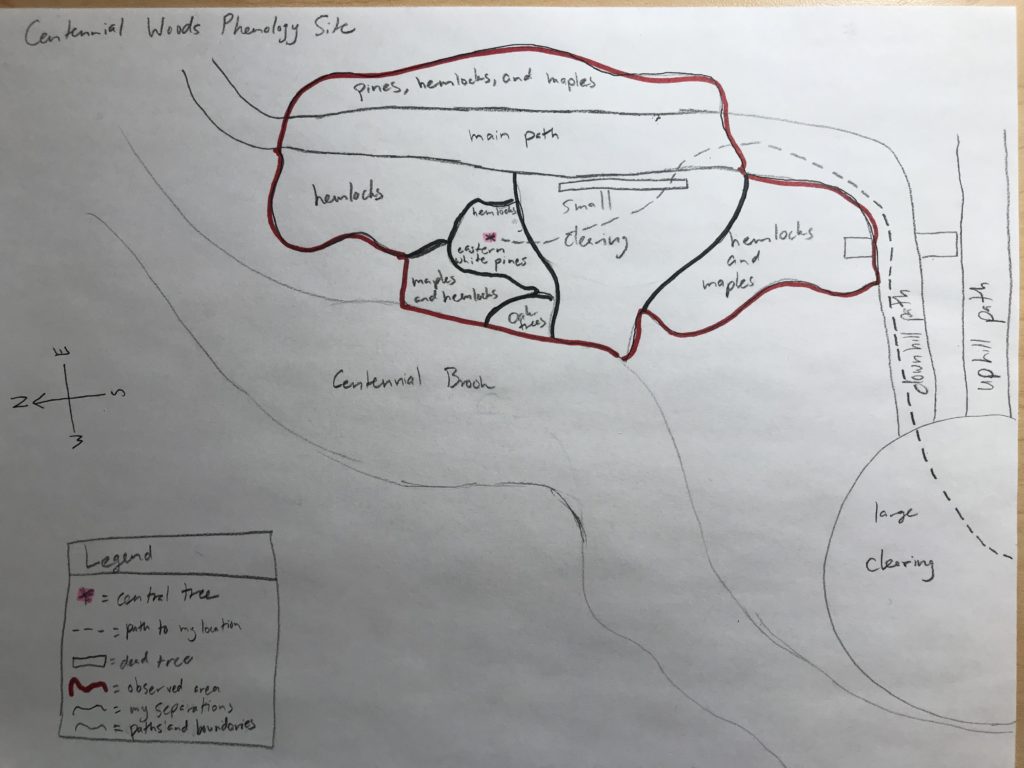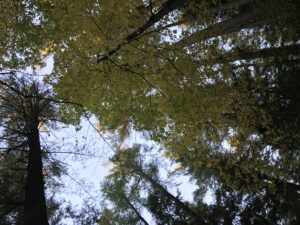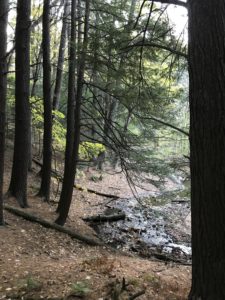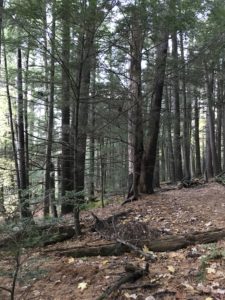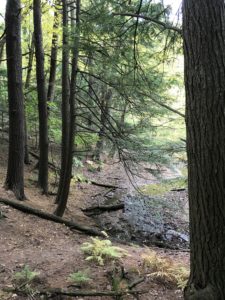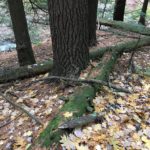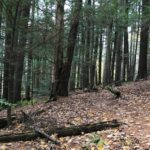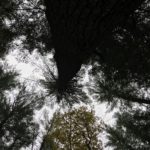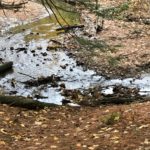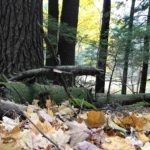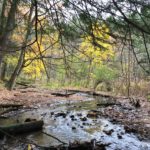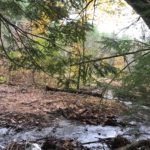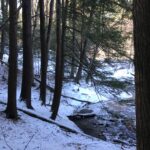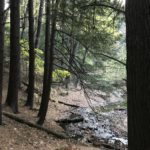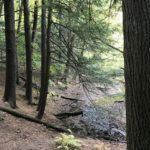On February 2nd, I visited the same sight as I did first semester. I found the same Eastern White Pine and began my winter tree identification as well as my tracking. Easily, I was able to spot the distinctive yellow birch right next the my central tree. The small ribbon curling bark with the yellow tint made it really easy to identify this tree, even without its leaves.
Unfortunately, on the day that I visited, we had gotten about 3 inches of snow the night before, so a lot of the prevalent tracks were filled with powder. This made identifying the animals very difficult because I could not get an accurate paw print. So I tried looking for small animal tracks, such as mice and chipmunks scurrying across the top of the fresh powder. No such luck. I did find some tracks that I was able to identify as most likely being deer based on the approximate size and the relative shape. The hoof print at the front of the track where its toes were stood out often even with the snow filling the print.
There was one distinctive fact that I noticed about all of the prints in my area, though. They were all headed toward Centennial Brook for water. Even though it was frozen over, on the edges where the snow caved in and the ice had not quite formed, the animals would go right down to this area. There was a deer that walked across the brook to the other side. I also identified about 3 more deer tracks, all headed toward the brook for a refreshing drink of water. I thought that it was really interesting to see the general trend. Every track in my area was distinctly heading toward the brook in a straight line, conserving their energy on the cold wintery day.
I do believe that I may have seen a cat print, but it may have been a large deer print where the deer slipped. It did appear to have no claws and four toes, but almost the entire print was filled in my the time I got there and there were no other prints nearby that looked to be the same shape, which I found really odd.
One other thing that I noticed was that I was not the first one in my area. There must have been other people with locations close to mine because there were many distinctly human tracks that often would walk alongside the tracks before turning around and heading back to a nearby central tree. This wreaked havoc on my tracking by the time I got there because with the snow, sometimes the human and animal tracks would blend together.
Overall, I hope to return soon on a better tracking day to identify more tracks and hopefully be able to tell a better story. 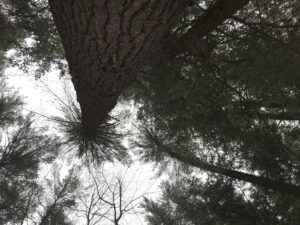 central tree
central tree
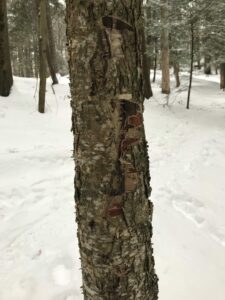 yellow birch
yellow birch
various deer tracks
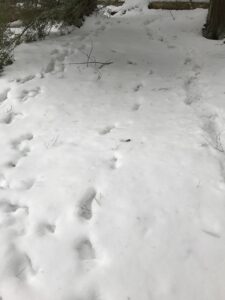
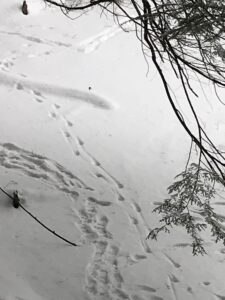
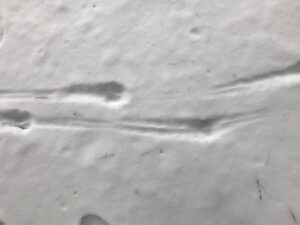
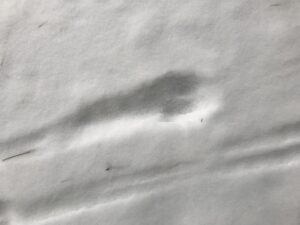
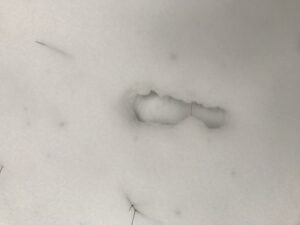
 main view
main view
more deer tracks

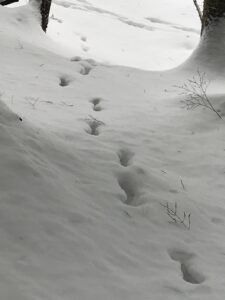
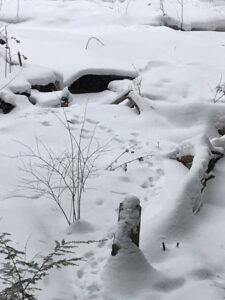 water hole
water hole
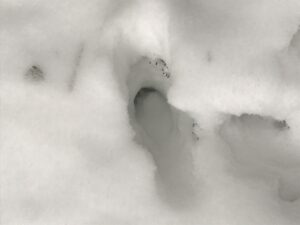 best deer track I could find, see hoof prints in front
best deer track I could find, see hoof prints in front
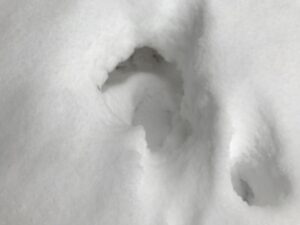 maybe a cat print? see paws on top of picture
maybe a cat print? see paws on top of picture
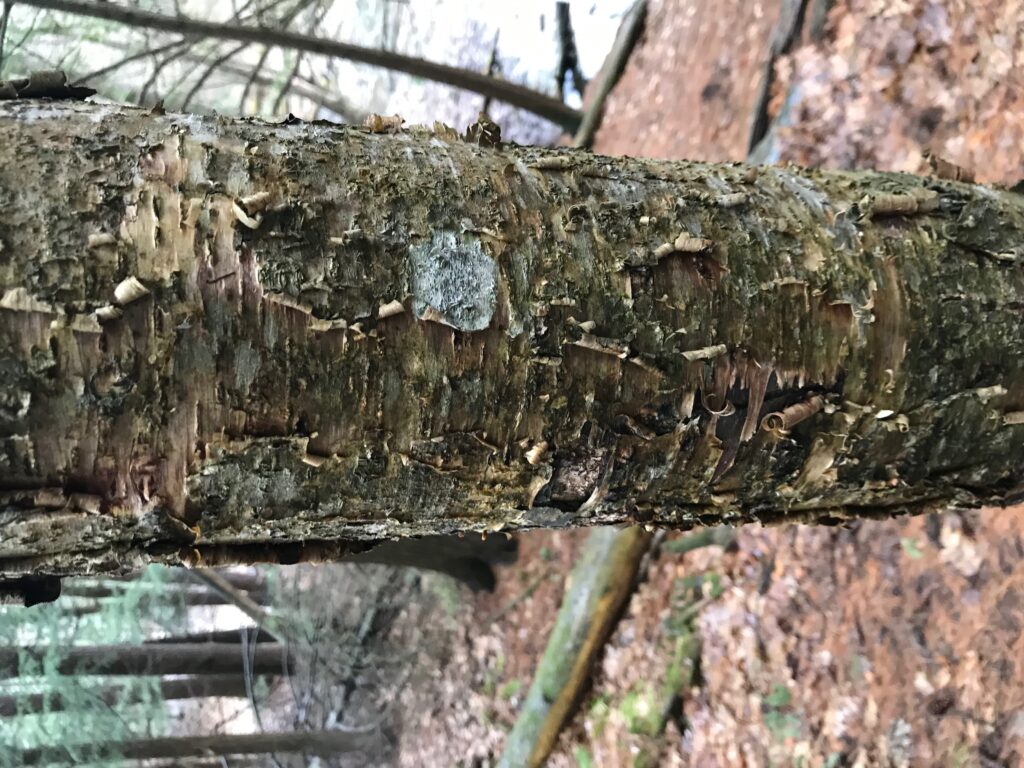
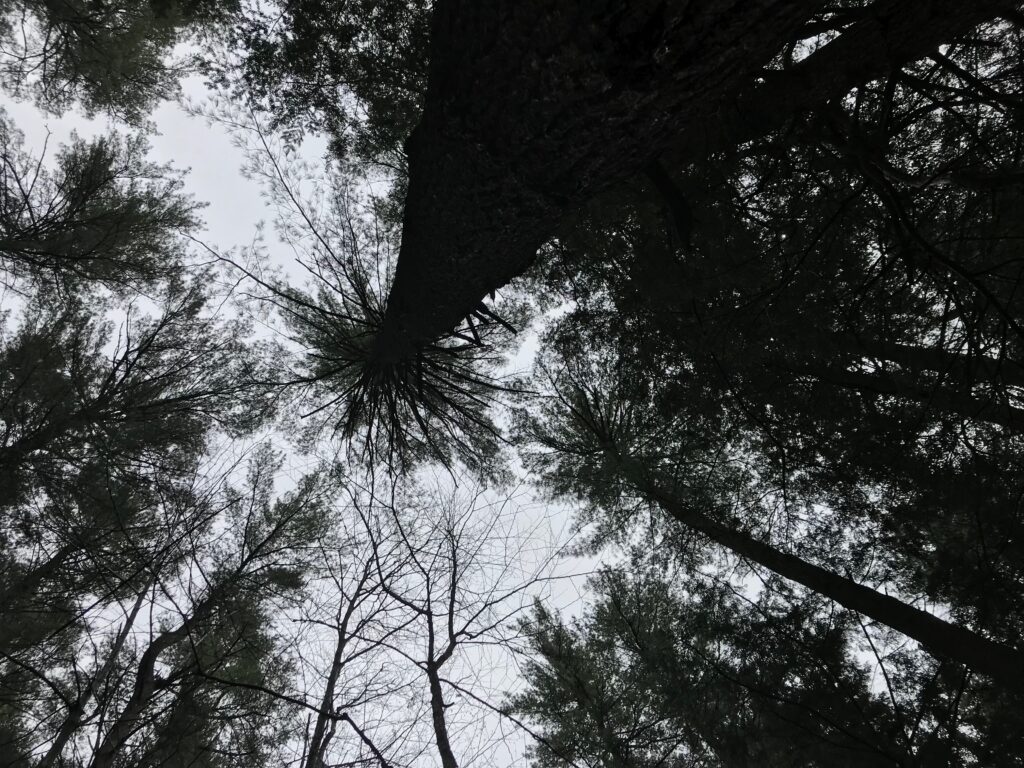
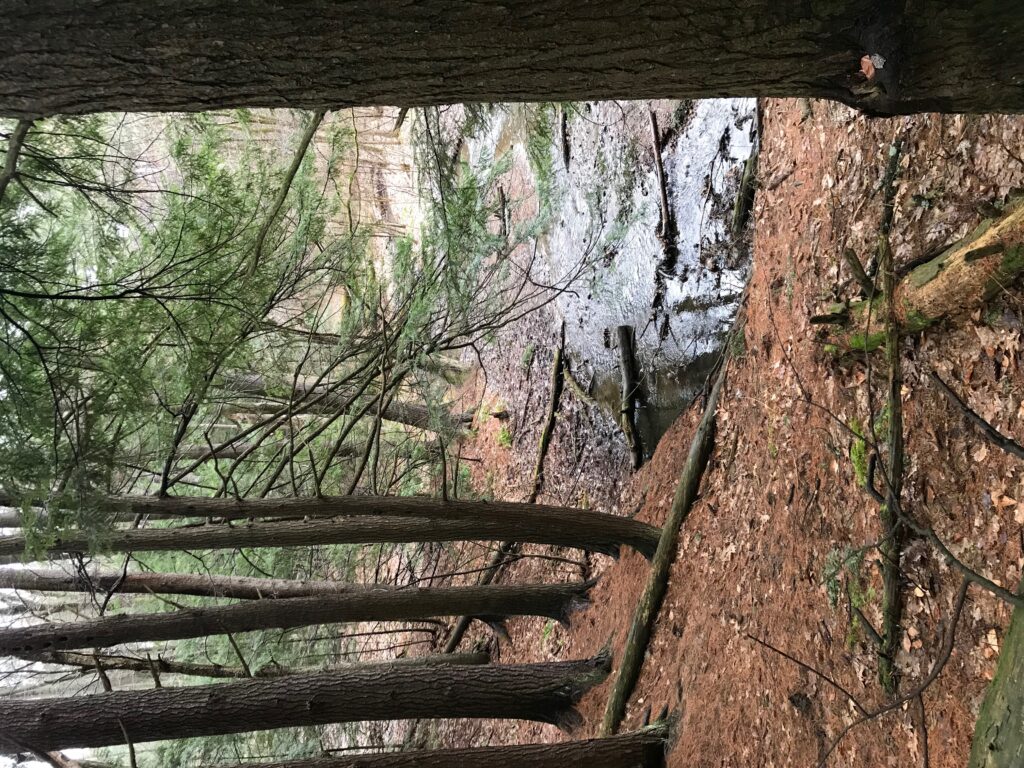
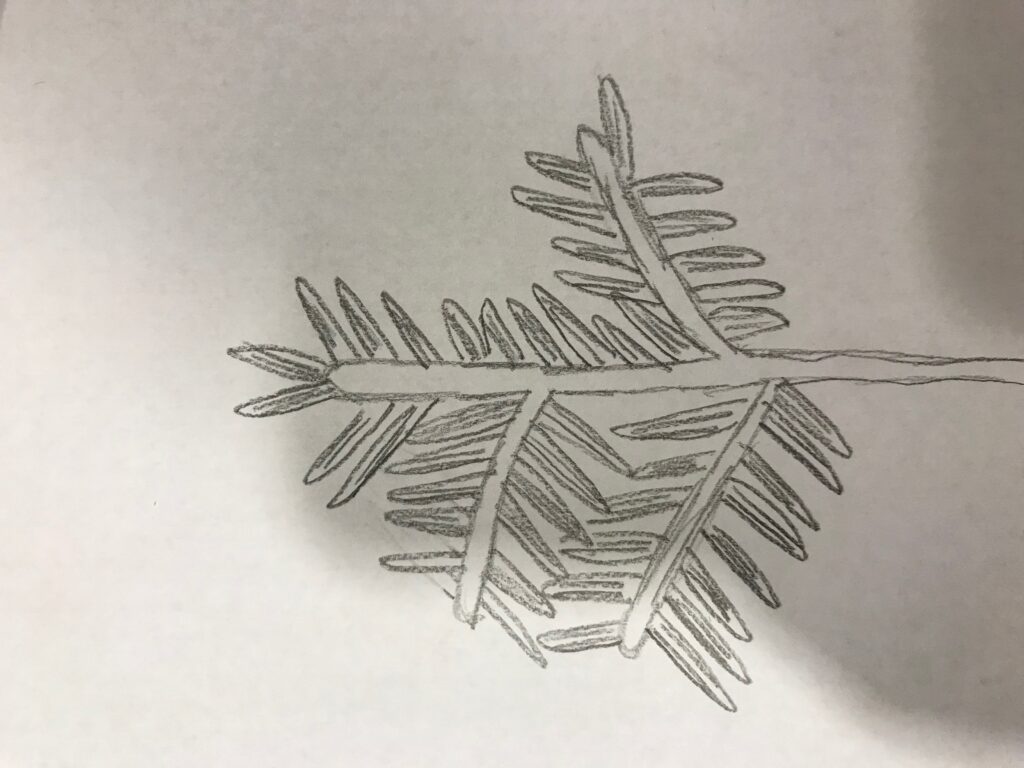
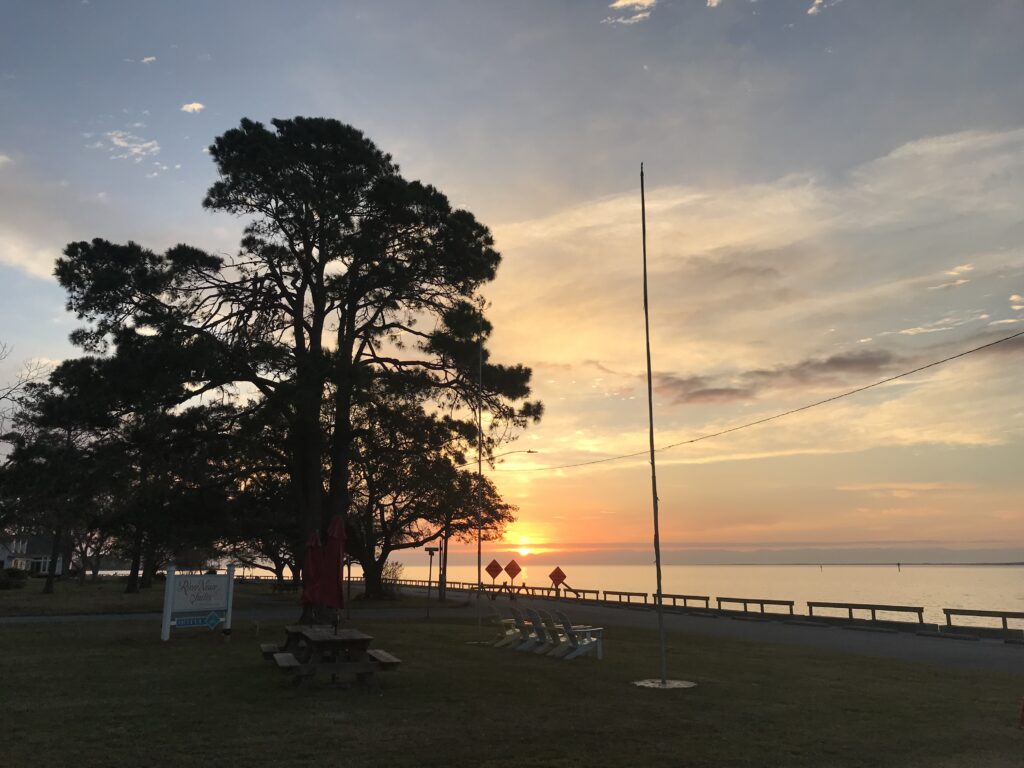


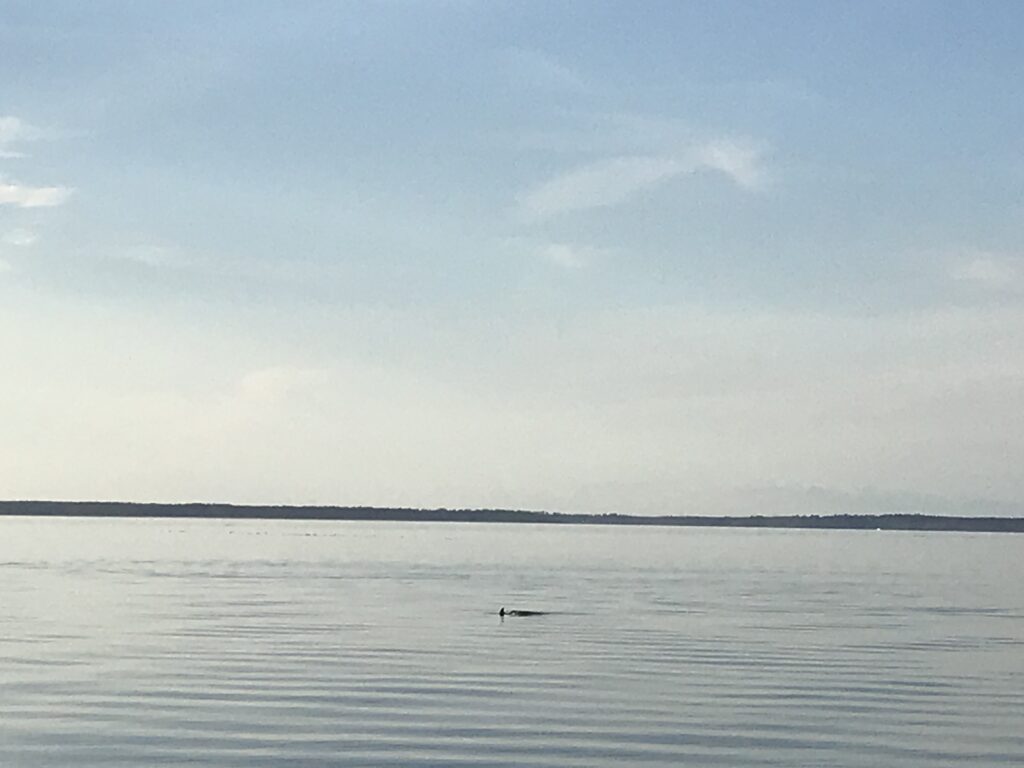

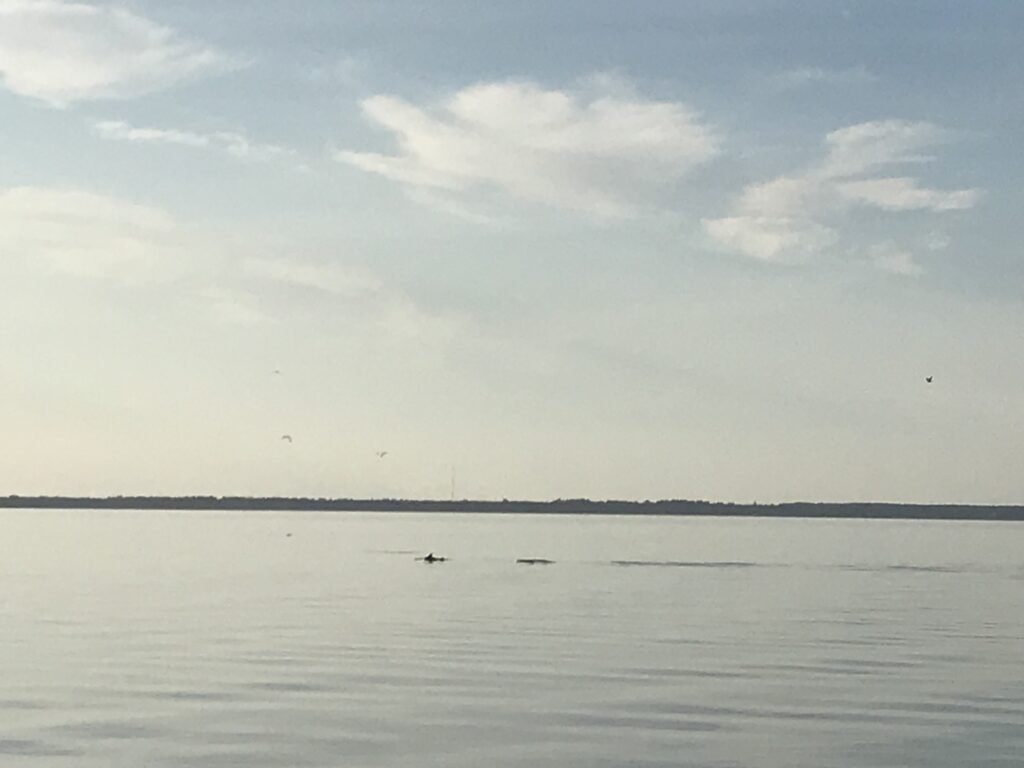
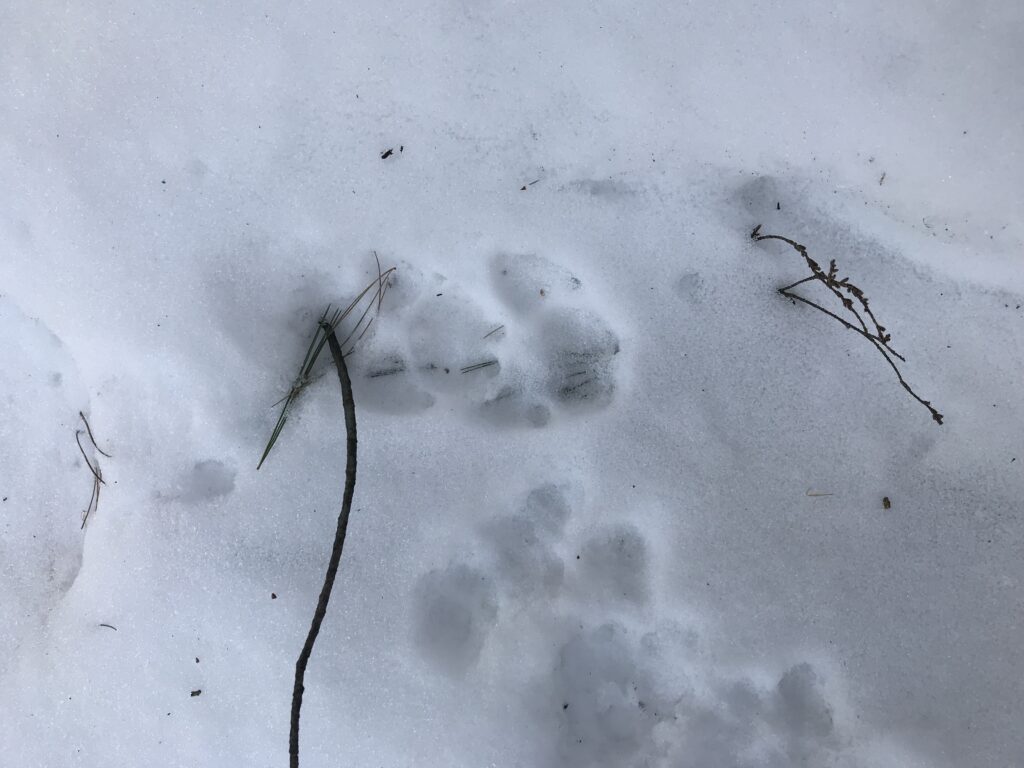
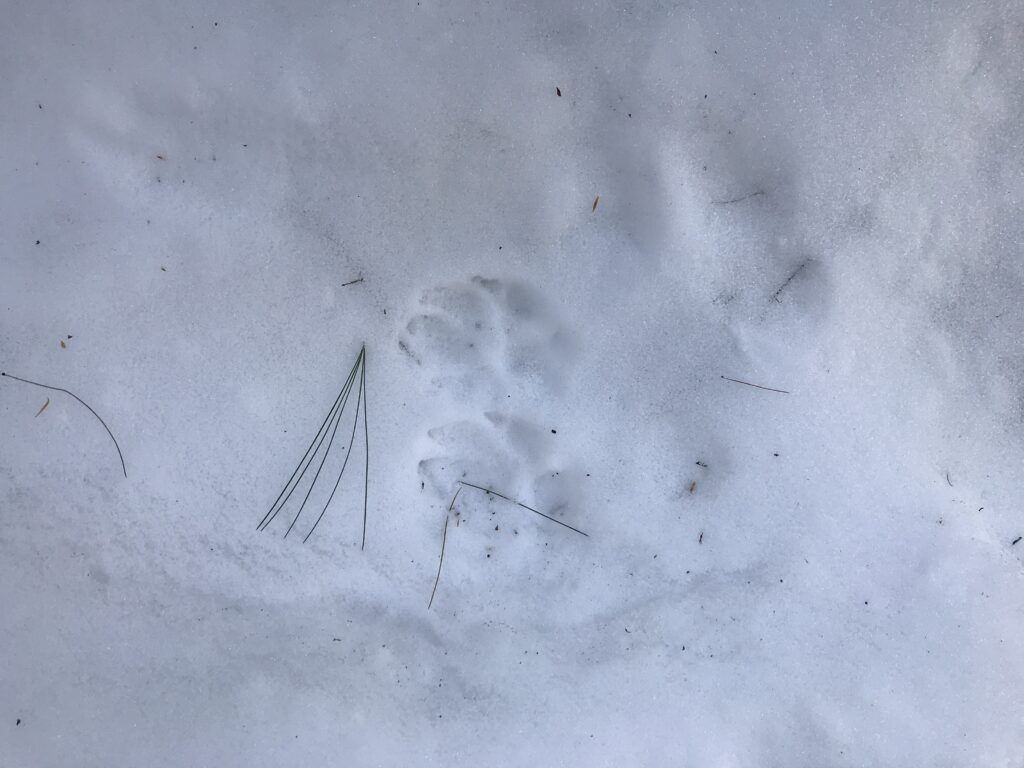

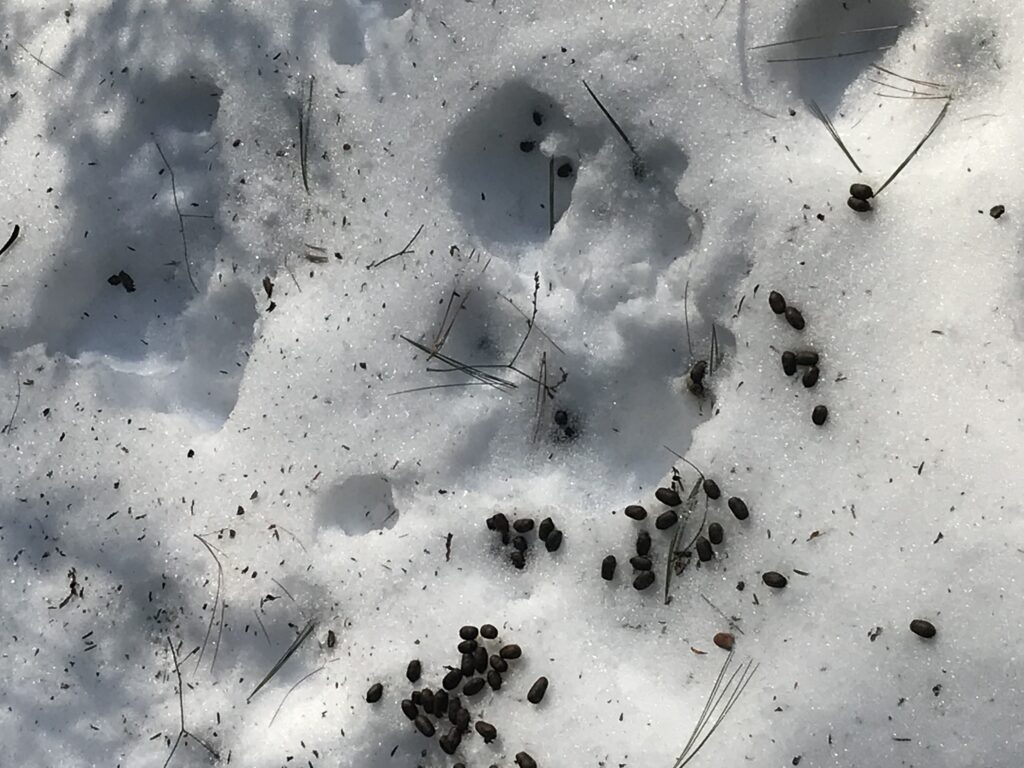
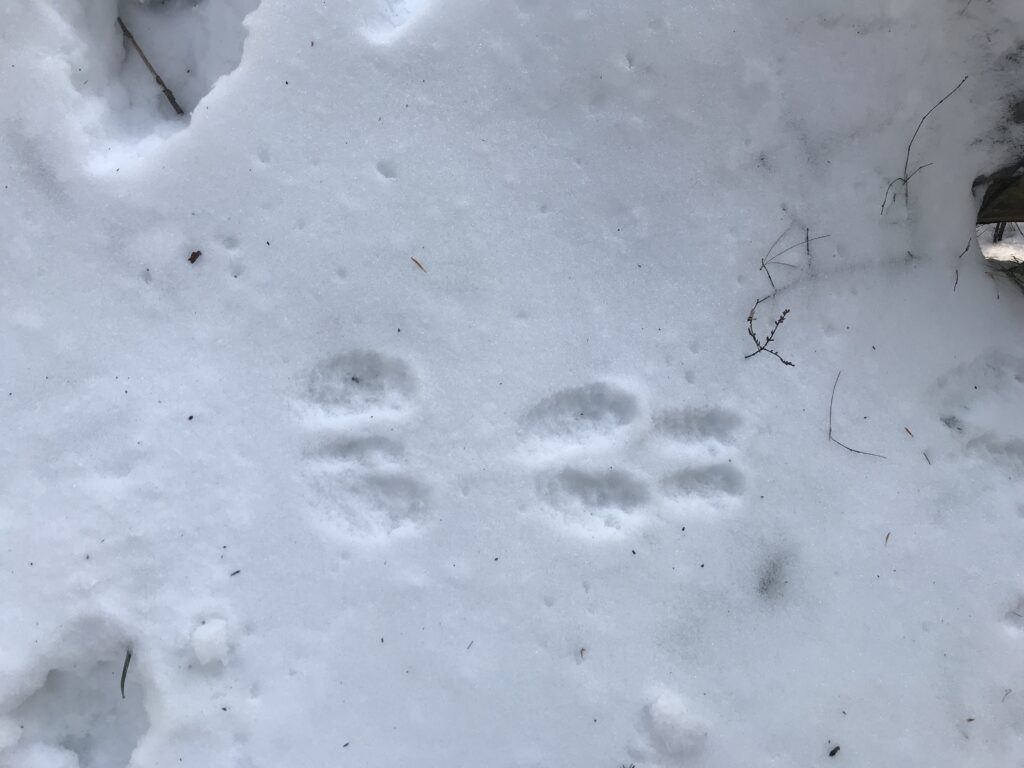
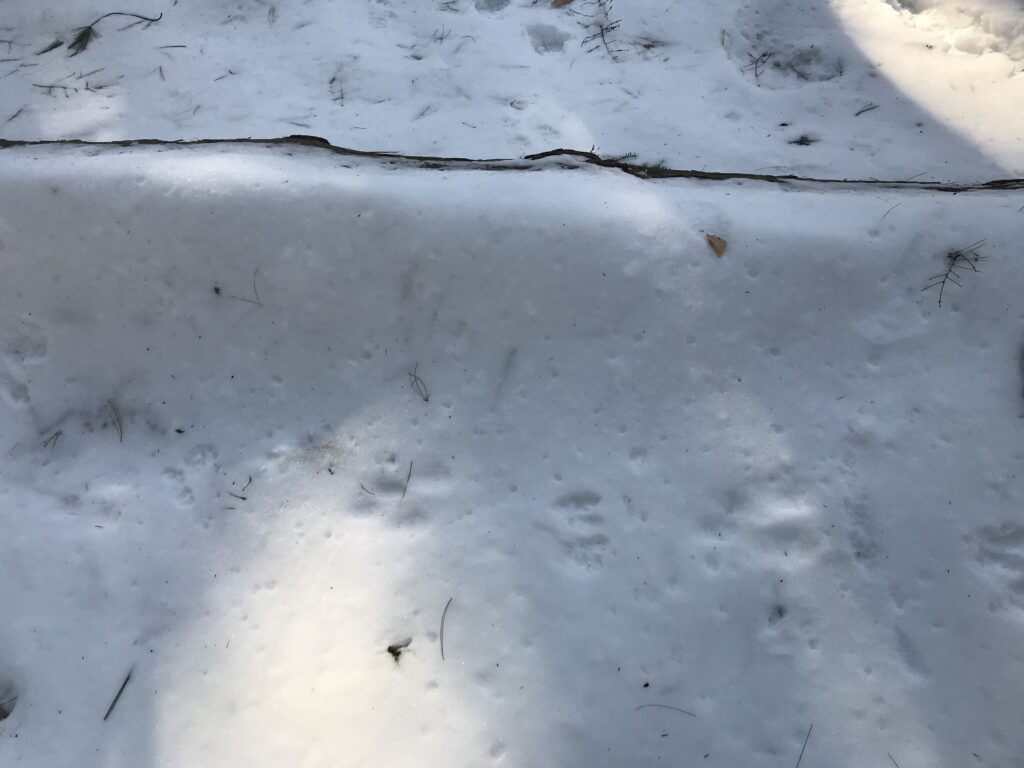
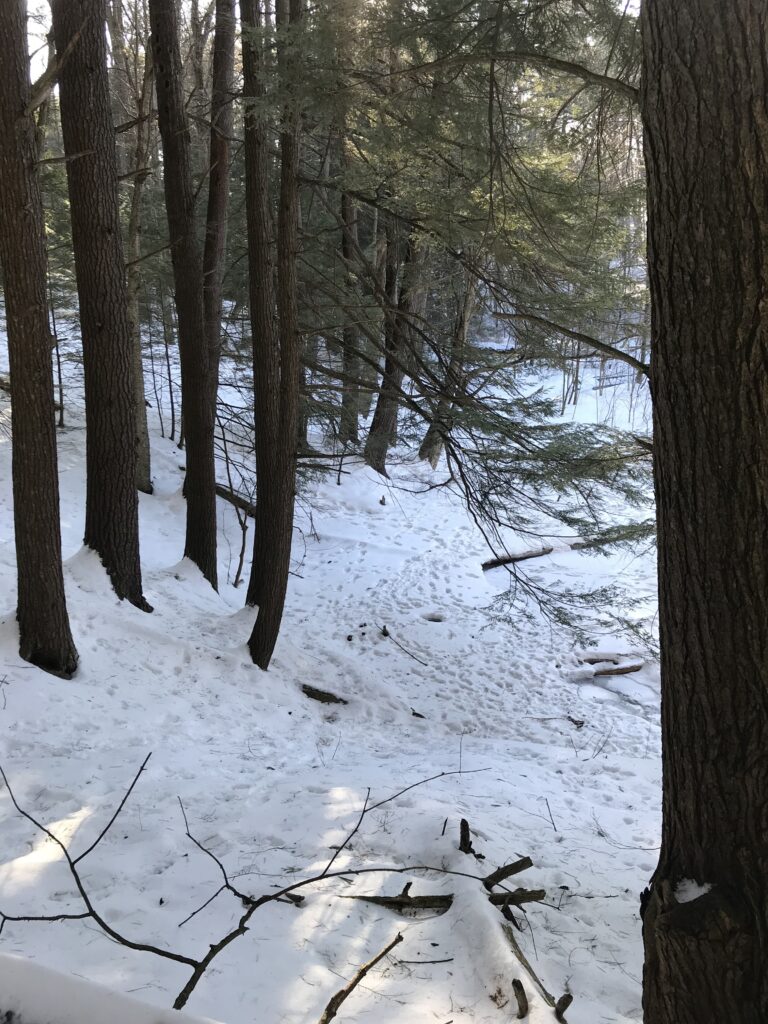
 central tree
central tree yellow birch
yellow birch




 main view
main view

 water hole
water hole best deer track I could find, see hoof prints in front
best deer track I could find, see hoof prints in front maybe a cat print? see paws on top of picture
maybe a cat print? see paws on top of picture